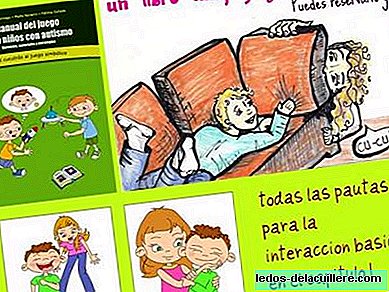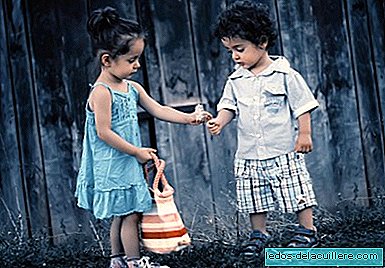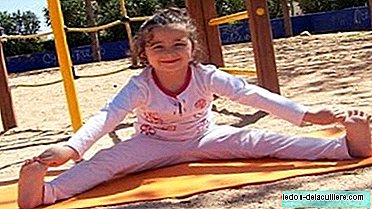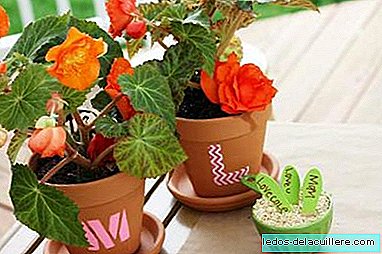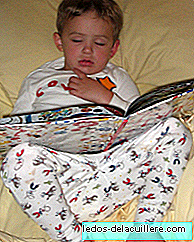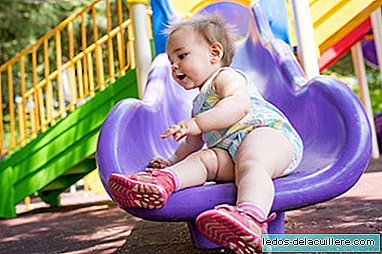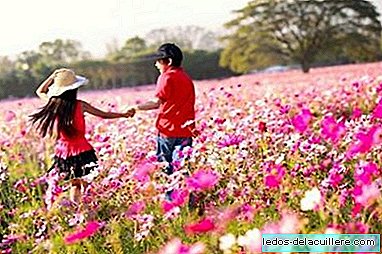
Human intelligence is perfectly prepared naturally to assimilate concepts and relationships of the habitat in which it moves. Time, space, cause and effect, quantities, similarities, all that will be assumed by the child, in its normal evolution, as part of the rules of this world in which we live. Today we will talk about some tips that can help children better understand the space, both as a concept and the physical place in which they move.
However, of course children need adults to shape the world in their minds, we are made that way, we are not simple clams leaking water or even wolves or lions that, although they have a lot to learn, receive from their instinct and much of what they need to know to survive. The complexity of the human brain and of what it can come to understand is inextricably linked to our long childhood of learning and adult guidance.
For children, in addition, the spaces have a powerful emotional and sentimental connotation. If we strive to remember surely places that have created our identity, our history and our worldview come to mind. We all have places that are part of our identity, that made us be as and who we are, and to which we remain strongly united even though they no longer exist as we remember them.
It may be that slope in the mountain from which we could see the sea, it may be that old velvet sofa where we snuggled to read our first novels, that one paddling in the river, a portal in which we took refuge when it was very hot or raining with friends, a classroom in particular, the half-wild garden of an abandoned house, the kitchen full of delicious aromas of the grandmother, the cinema of the neighborhood, the room of that friend with whom we shared so many secrets, the church we went to … All those places are part of emotional map of who we are.
Feeling part of a place arms our internal structure and offers us a refuge to go to in times of adversity in life, although that refuge already exists only in memories. In addition, it allows us to feel part of a community, a human group, and develop social skills and exercise empathy.
For cognitive development itself, the variety and richness of the relationships we establish with the environment In which we live it is fundamental and more so with children, who are building their worldview and learning to use their brain. We are designed to live surrounded by Nature and the children intensely claim it. Depriving them of their evolutionary environment and movement is a cruelty that does not allow them to grow up as healthy children.
We are physical beings and the space in which we moveIn addition to its emotional aspects, it gives us a lot of information about natural laws, about society and about ourselves. That children have experiences in safe and different spaces is the best stimulation we can offer them, especially if we allow them to move and explore freely. Let us always remember that knowledge of the environment is given in the environment, it is their natural place, and we encourage the possibilities for children to have experiences in it.
Tips to help children develop a sense of their place in space
A good way to allow the child to begin to develop an understanding and relationship with the really stimulating space is to make places that are rich available daily. It is not necessary to buy videos or methods for early stimulation. Just create in our home a space that encourages creative learning tailored to your age, redesign our home so that it is not a place where you have to be all day saying "NO". And let them get dirty, of course.
Further, taking Nature near the child, in the patio, the garden, the terrace or the window of our house, we will make that sense of place, of space, of emotion and astonishment, are present daily. Children are amazed and enjoy discovering textures, relationships and materials, not to mention the pleasure of seeing a fruiting plant or an animal move. They need to touch things to understand them, so we must design their space so they can touch things. If necessary, we must redecorate our house.
It is important that the child can develop your autonomy. That does not mean that we force him to do only things that he does not want to do alone, but that we do not limit his movements continuously. Our obligation is to create safe spaces rather than having the child almost tied up so that there is no harm in a dangerous place. It is good to look for the possibility of doing physical activities in natural or as natural spaces as possible, and combine them with other more serene ones such as talking, making an outdoor snack, reading or taking a walk observing plants and bugs.
Nature, in addition, can accompany us wherever we go captured in photographs, drawings and small diaries of naturalist where to write what is observed or save samples whenever possible and do not destroy the environment. Recovering those memories makes them more important, increasing identification with them and at the same time, stimulating the desire to investigate more knowledge about what they have learned.
The understanding and assimilation of the space must be, first and foremost, experiential, but the fact of making maps of our home, our street, neighborhood or city makes the child increase his emotional bonding and get to know the area better. Indispensable. We can also copy a map, or photocopy it, adding photos that we make. Or visiting the area with applications and programs such as Google Maps, makes them crazy.
To finish understanding our living space we can explore it not only at this time, but also to visit its past and see its evolution over time. Knowing the buildings and places with more cultural or historical impact in the area, visiting the local museum and investigating the history of our city are activities that will make you know, love and better understand the space and its space.


